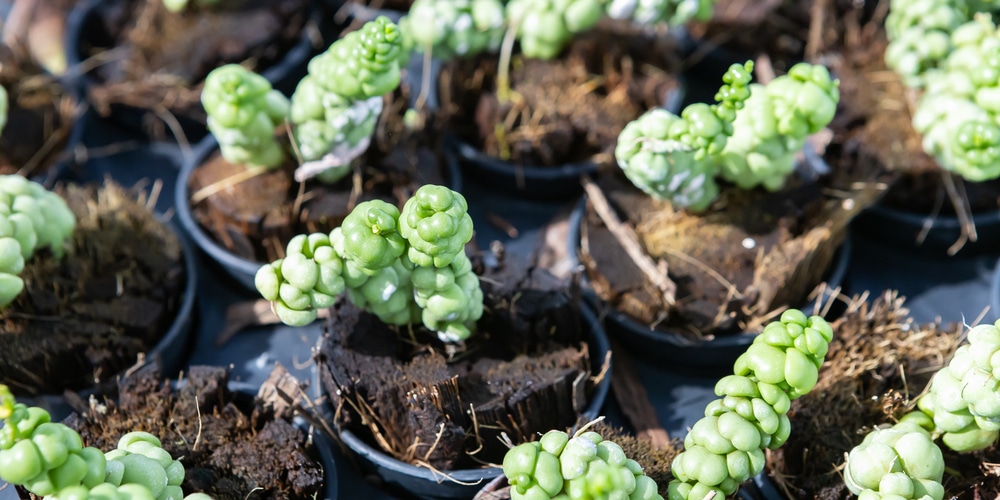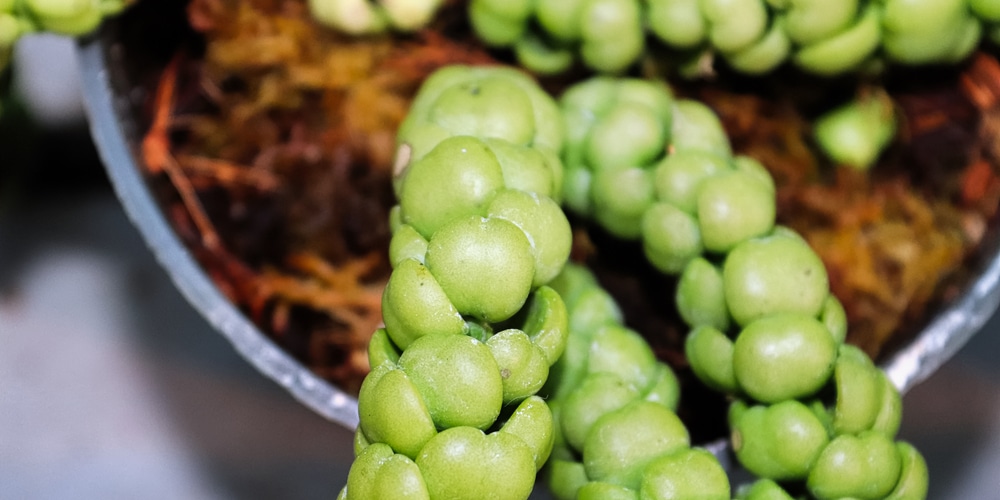The Dragon Jade plant is a unique succulent that originates from Southeast Asia. It has tightly knitted trailing leaves, which are said to look like dragon scales. These plants also have the nickname dragon bubble or bubble plant due to their foliage. Their scientific name is Dischidia Nummularia, and the plants make a great addition to any home.
If you’re thinking of purchasing a dragon plant, read on, this article will tell you everything you need to know about this fascinating species of plant.
What is a Dragon Jade Plant?

Dragon jade plants come from the family Apocynaceae, which is commonly referred to as the Milkweed family. They are unique plants that produce trailing tendrils which have small bubble-like structures. The species is an epiphyte or air plant which can grow on trees and rocks.
Dragon Jade plants are beautiful plants that can be grown on a shelf, in a hanging basket or window sill, and will hang down and climb. These plants naturally grow in hot, humid climates as they are native to Asia. They should be kept in rooms that have bright, indirect sunlight and require greater humidity than the average succulent.
Compared to many succulents, the dragon jade plant is relatively slow-growing. It’s likely to take years to grow a mature plant if you’re propagating a cutting. Dragon Jade plants generally grow two to eight inches a year. You can also choose to buy a mature plant rather than growing your own if you’d like some instant greenery to add to your home.
Caring for a Dragon Jade Plant
Dragon Jade plants are relatively easy to care for, but they do have some specific care requirements. You should consider the following points when caring for your jade dragon.
Humidity
Dragon Jade plants are succulents that originate from a hot and humid environment. They, therefore, need enough humidity to thrive. If you live in a dry or cooler area, you can provide your plant with humidity by misting, using a spray bottle every few days. Ensure that you mist your plant in a well-ventilated area and don’t soak the plant’s leaves may suffer from rot.
Alternatively, you can place a tray of water and stones underneath your dragon jade plant. This helps to increase the humidity in the atmosphere when the water evaporates. You can also keep tropical plants and succulents together in close grouping to increase humidity between them. Placing a humidifier beside your dragon jade plant is also a great way of increasing humidity.
Sunlight and Temperature
Dragon Jade plants flourish in bright indirect light. You can grow your plant on a sunny windowsill or use a ‘grow light’ if your plant is in the shade. These plants do well in temperatures of at least 56°F (12°C). It would help if you never placed succulents near heaters or vents as these produce hot, dry air that will dry out your plant and create low humidity.
It is common for a jade plant to get sunburn. But, there are a few simple steps you can do to avoid it (see the linked article if you’re interested).
Watering
Dragon Jade plants are air plants which means they hate water and absorb most of their water via humidity through the leaves. You can let your plant dry out completely before watering. If you live in an area with high humidity, you’ll need to water your plant less. Be careful not to overwater your plant. It’s best to provide water by soaking the bottom for a few hours rather than watering like other houseplants. You can also provide your plant with a succulent fertilizer annually.
Overwatering a jade plant is THE most common reason that they die.
Propagation
During the summer months, you can take a cutting from your dragon jade plant to propagate. Ensure that the cutting has at least two nodes and plant in a pot with a plastic cover or put cling film over the top. This will help provide your cutting with the required heat and humidity to grow.
Soil
Dragon Jade plants require dry well-draining soil and can grow well in coconut husk or orchard bark. These can be
mixed into 50% potting soil, you may also like to add perlite or succulent soil to the pot.
Toxicity
It’s worth noting that Dragon Jade plants are toxic if consumed by humans or animals. When growing this plant, keep it out of the reach of young children and pets. The plant also bleeds a toxic sap which can cause skin irritation.
Conclusion
Dragon jade plants are beautiful houseplants that are unique and look great on windowsills, shelves, or in hanging baskets. They are an air plant that is relatively easy to care for but requires enough humidity and sunlight.
